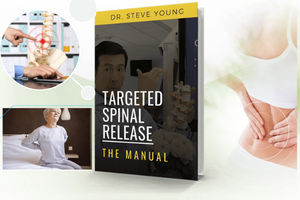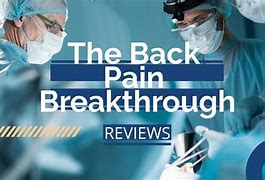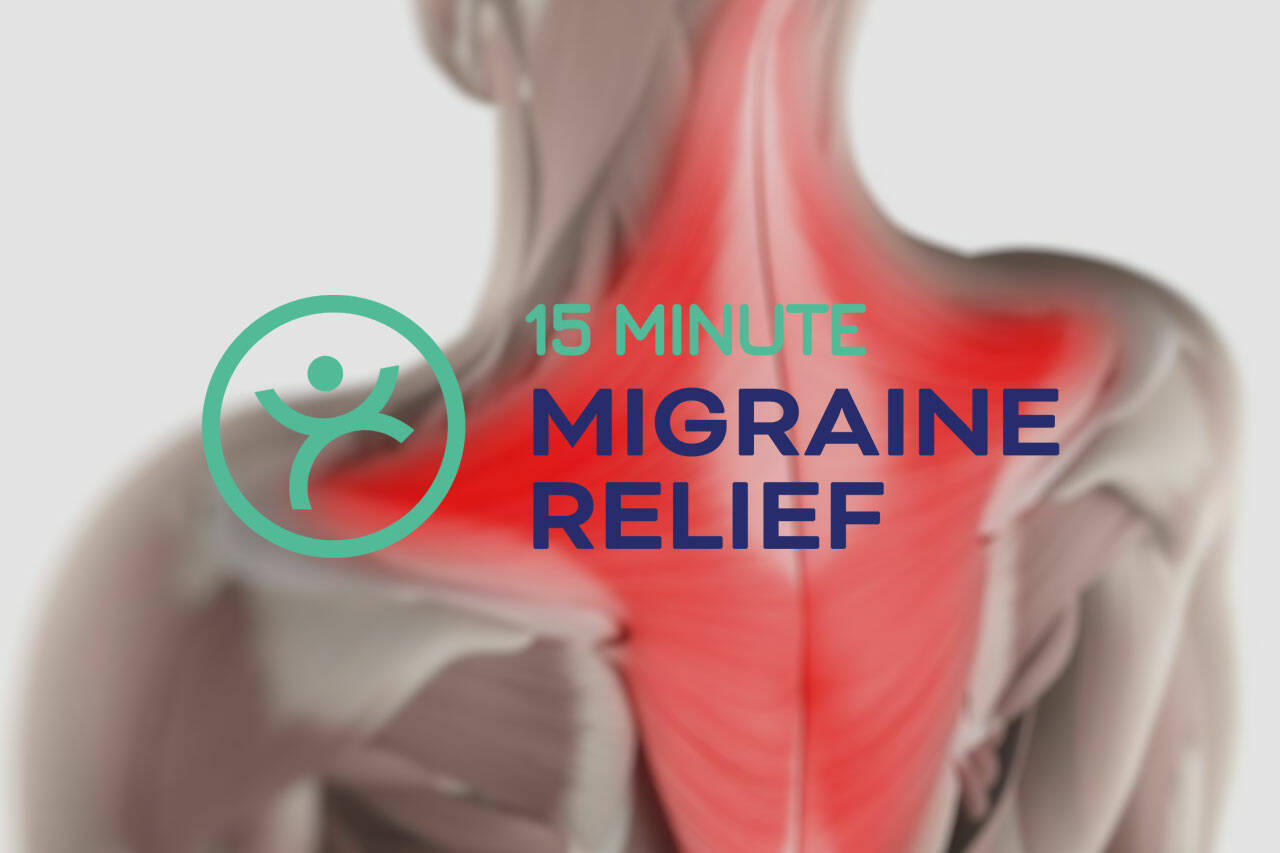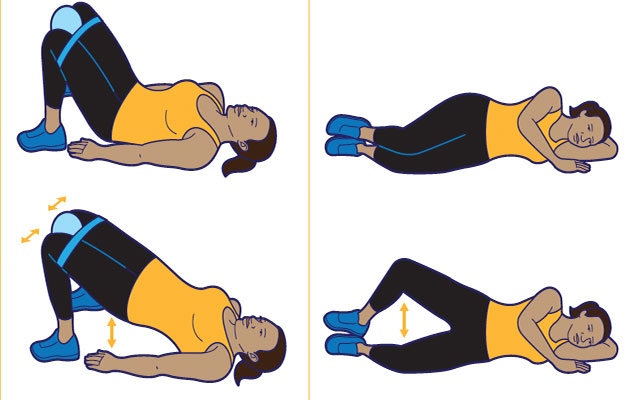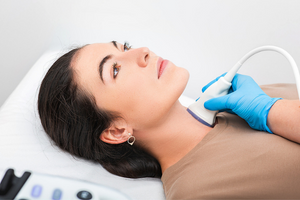Orgasmic Disorder in Women - Women's Health Issues
Orgasmic disorder is a condition in which a woman has difficulty achieving an orgasm despite adequate sexual stimulation. This condition can be caused by a variety of factors, including relationship or intimacy issues, cultural factors, physical or medical conditions, and medications. Women who experience persistent or recurrent difficulty in achieving orgasm after sufficient sexual arousal and ongoing stimulation may have orgasmic disorder.
Symptoms of orgasmic dysfunction include the inability to achieve sexual climax, having unsatisfying orgasms, and taking longer than normal to reach climax. Anorgasmia is a type of orgasmic disorder in which the woman experiences the absence, delay, infrequency, or lack of intensity of an orgasm despite being aroused. This condition can cause distress and affect a woman's sexual relationships.
Research suggests that female orgasmic disorder is a relatively common condition, with an estimated 12% of women in the United States reporting distressing sexual health concerns, although as many as 40% report sexual concerns overall. Women with orgasmic disorder may feel disappointed to be missing out on a pleasurable and important life experience, and the distress associated with the condition can manifest in many different ways.
Treatment for orgasmic disorder can include education about sexual stimulation, sexual enhancement devices, individual or couple therapy, and medications. It is also important to address any underlying physical or medical conditions that may be contributing to the problem. In some cases, medication side effects may be contributing to orgasmic disorder, and switching to a different medication or adjusting the dosage may be helpful. Women with mental health issues may be at an increased risk for reproductive problems and orgasmic disorder.
In conclusion, orgasmic disorder is a condition in which a woman has difficulty achieving an orgasm despite adequate sexual stimulation. This condition can be caused by a variety of factors, and it is important to address any underlying physical or medical conditions that may be contributing to the problem. Treatment options include education, therapy, medication, and addressing medication side effects. Women with mental health issues may be at an increased risk for reproductive problems and orgasmic disorder.












